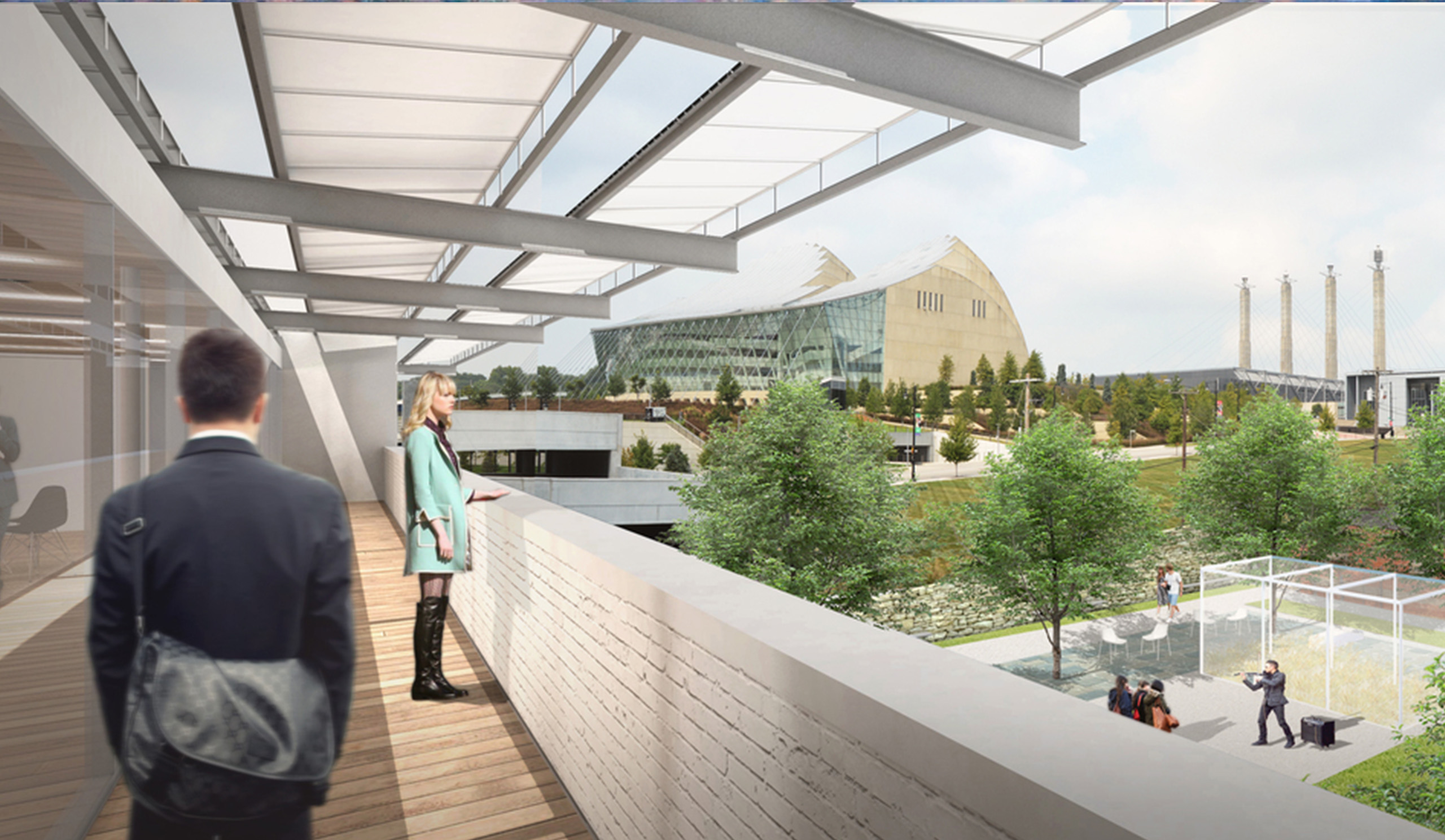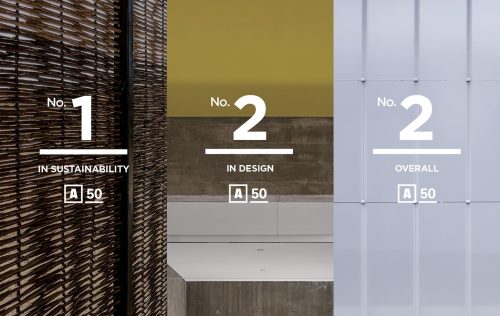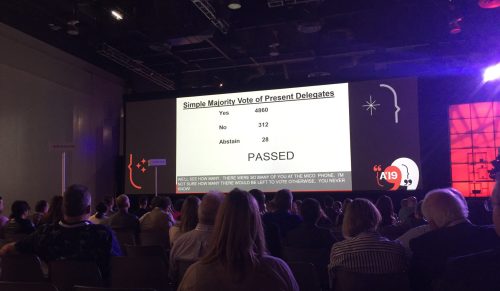
Redesigning Design for Global Resiliency
Planet Earth and its larger atmospheric environment are changing rapidly and becoming increasingly unpredictable. Storms, wildfires, and changing weather are symptoms that wreak havoc on all living systems; however, they are only symptoms, and the true conditions are yet to be fully understood. Climate issues driven by human behavior are changing weather patterns, the health and well-being of living species, growing habits for plant species, threatening extinction of plants and animals, threatening our water system, changing coastal conditions and reducing land areas, reducing air quality, and challenging the health and well-being of humanity.
At the societal level, global population is growing. Inequity is at a historical high. Political conflict has replaced diplomacy. Consumerism is placing more and more stress on nature. Of equal concern is that nearly half of the global population does not have a reliable potable water supply, access to nutrition, access to preventative or reactive health care, appropriate housing, affordable efficient transport systems, or sanitary conditions that the other half of our population takes for granted.
Our world is undergoing urbanization and population growth across all continents. In order to meet the increasing demands of the future population, it is projected that nearly 100 percent of the existing building stock will be replaced or duplicated by 2030. That does not mean that all of the buildings will go away. It means that additional buildings and infrastructure systems will be required, resulting in additional stresses on nature brought on by that construction.
In conflict with this rising need for building stock and infrastructure, productivity in the construction industry over the last 20 years has grown at an average of just 1% annually, and productivity rates in recent years have been lower than they were 40 years ago[1]. That metric includes associated design involvement. Coupled with the tremendous negative impacts that construction and building operations have on nature and all ecological systems, it is time for leaders in the architecture, engineering, and construction (AEC) industry to dramatically change the way we design and construct buildings.
The world is ready for revolutionary changes to address global issues.
Design as a Solution
The future of design and designers is more important today than any other time in history. Design is the key to addressing each of these problems and to creating a more equitable, prosperous, generous, and resilient global community and economy. Design is integrated into nearly everything we touch, see, and encounter every day. This includes the buildings that we occupy and the spaces within and between those buildings, our clothing and personal accessories, the devices with which we communicate, the everyday tools of our existence, every system of mobility, and every human-made object that occupies our lives.
Design is a path for well-being. Cities and communities that have been designed to encourage healthy lifestyles and living situations are demonstrating the power of design to elevate human productivity and happiness, increase safety, and reduce demand upon health care systems. Great—or even good—urban design entices pedestrian activity, and in turn, human activity creates safer public realm. Both of these—design and human reaction to design—contribute to stronger bodies, mental well-being, and healthier populations.
On a different scale, design is a path for solving political problems by creating more equitable societies and reducing global stress caused by petroleum consumption, water and food shortages, human suffering, climate change impacts on underdeveloped communities, and trade imbalance. Designers have an immensely important role to play by innovating a new economy that is regenerative rather than consuming.
The world is ripe for innovative, humanist design. Some understand what this looks like and are working on the next big disruptor. Others are unaware of what is possible but are eager for what’s next. This can be evidenced in the launch of the iPhone in 2007. Steve Jobs’ genius delivered something we did not know we wanted or needed—what is now the most important tool in our daily life. The secret of the iPhone is that the entire product and experience is design—be it the beautiful and tactile device or, more importantly, the experiences that the device delivers through software and apps—all the product of creativity and invention.
The same is true of cities. We may not entirely know what is possible, but we are hungry for the next evolution—more livable, delightful, affordable, and healthier options. We want cities that improve quality of life with healthy mixed-use communities, urbanism, and authentic connections to nature. We want to be more connected to our neighbors and enjoy the benefits of living and working near the products of civilization—delicious food, interesting street experiences, shopping, rich and diverse multicultural experiences, art and cultural experiences, sports venues, and beautiful parks. We want the freedom of resilient mobility systems and many choices for being connected locally, nationally, and globally. We want walkable neighborhoods and public transportation. We want seamless accessibility and mobility by way of trends like shared bicycles, scooters, and cars. Essentially, we want beautiful, tactile, connected cities that, like the iPhone, deliver experiences we never imagined we needed or wanted.
Core Principles
Design can get us there—but not without radical innovation. Redesigning design is exactly that innovation. Redesigning design is about evolving the practice of design to be more efficient, inclusive, replicable, flexible, progressive, responsive, accountable, and focused. Design solves the issues that face society and our planet. And redesigning design is the path to transforming the technology and processes we in the AEC industry use to design and construct buildings and the methods designers employ to conceive, research, model, prototype, document, and realize the products that surround us.
There is so much opportunity.
– Recognizing risk as a catalyst for value and quality. The approach to buying construction services is more focused on risk transfer than value and quality. When a client buys the construction of a building, the contractor is typically selected through a process of identifying the lowest risk rather than the highest quality and value. Unfortunately, it is believed that low risk is not compatible with value and quality. Designers face the same struggle and are overwhelmingly selected on risk avoidance rather than innovation and thoughtfulness. It is up to us in the AEC industry to change that paradigm and educate our clients about the power of design thinking for creating experiences and value far greater than the cost of our services.
– Using tools and technology to their full potential. Currently, the way we are utilizing our industry’s three-dimensional building modeling tools desecrates the power of the model and its embodied information. The embedded data has immense value for informing all of the work of the builders; however, that data is rarely employed. It is believed by many in the AEC industry that providing a three-dimensional model and all of its embodied data is not useful to construction teams. The way these data-rich three-dimensional models are typically used today is sometimes communicating less information in certain instances than would be provided using two-dimensional, pencil-on-paper drafted documents. The future of design and redesigning design is about debunking this belief and proving that today’s design tools have the capacity to play a critical role in redesigning the building industry.
– Evolving design to be regenerative. As we think about replacing all of our existing building stock, we must also think about doing it in such a way that the carbon footprint of buildings is not doubled but reduced. We must think about innovative solutions that create healthier cities and buildings that address climate issues, that are constructed using renewable or recycled materials, and that are designed to integrate systems for renewable energy and water. Our next-generation buildings must be generous and give back to the planet and humanity rather than depleting the natural resources that all living systems upon which life depends.
– Taking personal responsibility. The scale of evolving our cities and rebuilding and replacing building stock to accommodate future populations is beyond our current processes and systems of design and construction. We—designers, contractors, engineers, clients, and everyday citizens—are responsible for the future of our planet and our living systems. It is imperative that we realize the role each of us plays in redesigning design. It is imperative that each of us demands and invests in innovation and change. If we collaborate and innovate together in transforming the world around us, we have more than a chance. We have the opportunity to evolve cities across the globe to embody health, beauty, and resiliency.
– What this means is that design is a change agent. As designers, we are leaders in the studio and in civic and community environments. It is our responsibility to ensure that creativity and thoughtfulness inform daily life, private environments, civic design, and public policy. It means that the public realm is prioritized and nurtured. It means that designers—you—are the stewards of all of this. Your efforts will change the way we design and build sustaining, resilient, and equitable communities and economies. The ingenuity of your creative minds and the products of your time and talent will change the world. Global resiliency is necessary, and designers must step up and lead the world into a sustainable future.
[1] https://www.marketwatch.com/story/the-construction-industry-has-a-productivity-problem-and-heres-how-to-solve-it-2017-03-04

